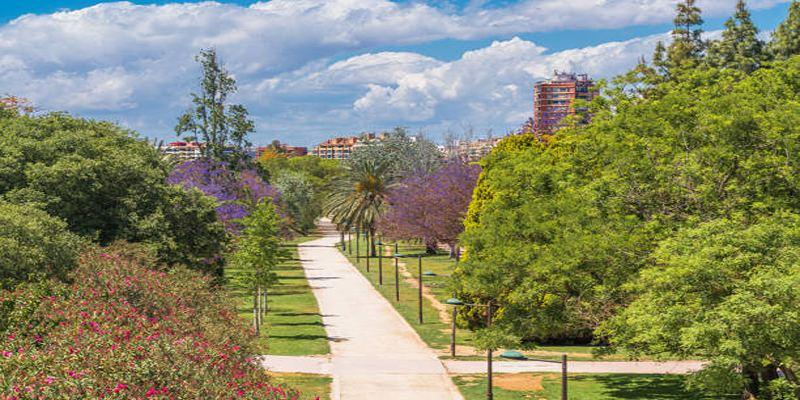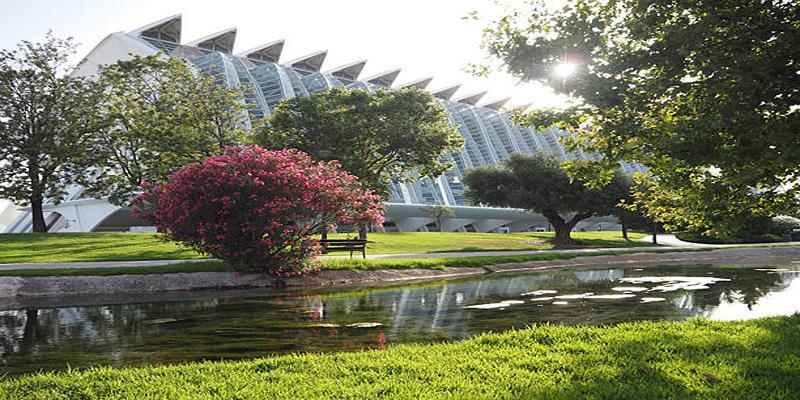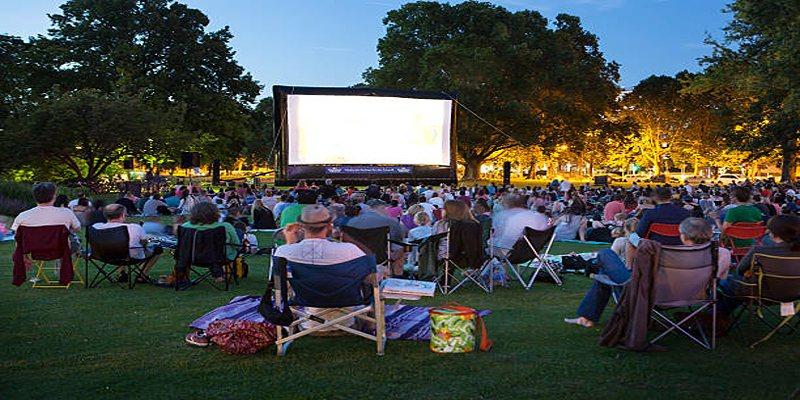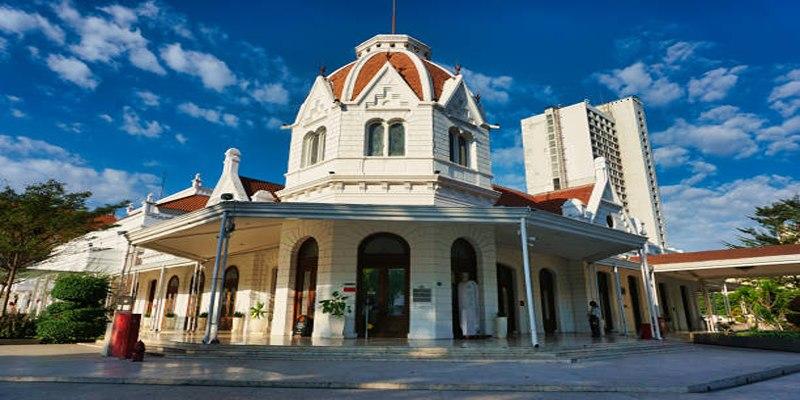A beautiful example of turnover in the city is the Turia Gardens of Valencia. This nine-kilometer green zone previously joined two rivers (the Turia River), but it has been split into neighborhoods and serves as quiet refuge. Growing out of terrible floods and audacious civil choices, decades of planning and community action transformed the riverbed into the fertile center of the city, a mark of endurance and forward-looking city construction.
From Flood Disaster to Urban Vision

The River Turia has been cutting through Valencia over many centuries, but it also introduced a cycle of destruction. A massive flood hit the river in October 1957 when heavy rains filled the river and made it overflow. Great Flood of Valencia took the lives of 81 people and left thousands homeless as water fills up to five meters in parts of the city.
This catastrophe turned out to be the precondition of change. Spanish officials took the radical move and decided to pass the Turia River around the southern border of the city by creating a new channel and abandoning the original riverbed. At the beginning, this area was planned to be occupied by a highway network to relieve the traffic congestion.
But the inhabitants of Valencia thought otherwise. A grass-roots campaign for change was launched, with the slogan "El llit del riu és nostre i el volem verd" (the bed of the river is ours and we want it green). This was a successful citizen campaign that pushed governments to drop highway proposals in favor of establishing parkland.
The Birth of Europe's Longest Urban Park
In the 1980s, work on the Turia Gardens started, converting 110 hectares once used as riverbed into an uninterrupted garden. The park was formally opened in blocks over the course of the decade, with the last being finished by the early 1990s.
The park runs along the west with the Cabecera park, all the way to the future orientated city of Arts and Sciences. Its remarkable size makes it one of the longest urban parks of Europe to provide an unbroken garden path across the heart of Valencia.
Exploring the Gardens: A Journey Through Green Zones
The Turia Gardens consist of several different space zones representing various experiences and attractions. Getting knowledge about these area will make visitors realize the rapid use of this urban refuge.
The Western Gateway: Cabecera Park
The Cabecera Park remains the natural start of one point in green corridor at the western entrance of the park. Here you can find Bioparc Valencia, one of the most innovative zoos in Europe where most of it is a kind of a barrier-free structure that puts the visitors into a natural habitat of animals.
Sports and children playgrounds are another feature of the area that attracts families in particular. There are wide open fields where people can picnic and relax.
The Cultural Heart: Central Sections
The gardens proceed east, en route, through some of the most significant cultural landmarks in Valencia. The park passes through the Palau de la Musica the largest concert hall in Valencia, is followed by the Museum of Fine Arts.
It is in these central areas that there is a balance between manicured gardens and more natural ones. Bigger trees give cover to joggers and bicyclers and formal flower beds also introduce some color during the seasons.
Sports and Recreation Zones
There are several areas of the park which serve active tourists. The gardens are interspersed with tennis courts, football pitches and basketball courts. The park also has special cycling and running paths that are directly related to the wider circulation of bike lanes in Valencia.
The Gulliver Park, a large game playground made to resemble a large sculpture of Gulliver, the main character of a famous novel by Jonathan Swift, is one of the most visited attractions. The 70 meter-long structure can be climbed upon and walked through by the kids, and they quickly feel like the small Lilliputians in the legend.
The Eastern Marvel: City of Arts and Sciences
The gardens finally reach their architectural climax with the City of Arts and Sciences at Valencia. This is a futuristic architecture complex, by Santiago Calatrava and Félix Candela, containing an opera house, science museum, oceanarium and IMAX cinema.
The parkland to such an ultra-modern complex opens a great contrast which symbolizes how Valencia turned to become not only a traditional Spanish city but an ultra-modern European metropolis.
Flora and Fauna: Nature Thriving in the City

The Turia Gardens feature amazing plant and animal diversity. Over 34,000 trees representing dozens of species form a very diverse urban forest. A row of palm trees adorn numerous walkways, and pine groves are places to relax and reflect.
Perennial flowers will give the garden color all year round and generally in spring time there will be an amazing display of rose and jasmine. The Mediterranean climate enables the growth of lush vegetation most of the year.
Mediterranean climate allows for lush vegetation throughout most of the year.
Birdlife has flourished in this urban sanctuary. Herons, ducks, and other waterfowl frequent the park's artificial lakes and streams. Urban birds like sparrows and pigeons share space with more exotic species that have found refuge in this green corridor.
Activities and Experiences for Every Visitor
Billions of activities and interests are provided by the design of the park. In the morning, joggers and dog walkers appear, and families will occupy picnic spots all day long. Couples walk and friends congregate on the grass even during evening hours.
Riding a bike is considered one of the best ways to see the gardens. The special cycle lanes enable a rider to go through the full length of the park up until the good network of bike trails around Valencia city. There are also numerous cultural events that often occur at different areas of the park. The gardens have open spaces and natural amphitheaters which are used to host outdoor concerts, art exhibitions and festivals.
Between the classic playground and the well-known Gulliver installation, children can never be bored. The park is safe and spacious, and offers family members the outdoor activities they need without moving out of the city.
A Model for Urban Transformation
The Turia Gardens of Valencia have become a template of such projects all around the planet. This urban transformation is analyzed by urban planners as a model of metropolitan city reclaiming space to accommodate inhabitants and meet the demands of the environment and social needs.
The park shows how green space when used by the public can bring a city together. Linking together previously-separated locations along the river, the gardens provide both pedestrian and cyclist paths.
Environmental benefits include improved air quality, reduced urban heat island effects, and enhanced biodiversity. The park also provides crucial recreational space for Valencia's growing population.
Conclusion
The reclamation of the Turia riverbed into gardens can be seen as an expression of turning calamity into possibilities. It used to be a flood controlling project and today it determines Valencia. As the art installations, facilities, and the connection improved, the Turia Gardens established grand examples of urban parks around the world. Part recreational, part culture and nature, they champion progressive thinking and fuel cities all around the globe.












